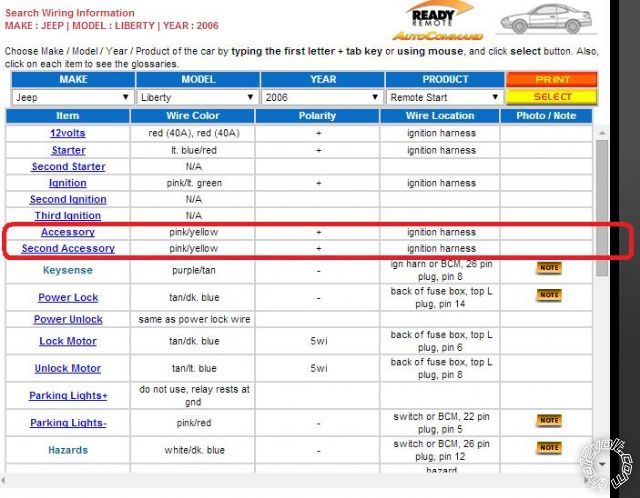Posted: November 05, 2014 at 3:23 PM / IP Logged
Posted: November 05, 2014 at 5:41 PM / IP Logged
Posted: November 05, 2014 at 6:00 PM / IP Logged
Posted: November 05, 2014 at 6:04 PM / IP Logged
Posted: November 05, 2014 at 6:39 PM / IP Logged
Posted: November 05, 2014 at 7:33 PM / IP Logged
Posted: November 05, 2014 at 11:37 PM / IP Logged
Posted: November 06, 2014 at 12:14 AM / IP Logged
Posted: November 06, 2014 at 7:41 PM / IP Logged
Posted: November 06, 2014 at 7:55 PM / IP Logged
Sorry, you can NOT post a reply.
This topic is closed.
 Printable version
Printable version


| You cannot post new topics in this forum You cannot reply to topics in this forum You cannot delete your posts in this forum You cannot edit your posts in this forum You cannot create polls in this forum You cannot vote in polls in this forum |

| Search the12volt.com |
Follow the12volt.com 
Tuesday, November 25, 2025 • Copyright © 1999-2025 the12volt.com, All Rights Reserved • Privacy Policy & Use of Cookies


Tuesday, November 25, 2025 • Copyright © 1999-2025 the12volt.com, All Rights Reserved • Privacy Policy & Use of Cookies
Disclaimer:
*All information on this site ( the12volt.com ) is provided "as is" without any warranty of any kind, either expressed or implied, including but not limited to fitness for a particular use. Any user assumes the entire risk as to the accuracy and use of this information. Please
verify all wire colors and diagrams before applying any information.








 Now if you look at the wiring diagram for 2006 Dodge Dakota, you'll see Accessory 1 is listed as a (-)purple and (+)pink/white, and Accessory 2 is listed as 2 pink / YELLOW wires.
Now if you look at the wiring diagram for 2006 Dodge Dakota, you'll see Accessory 1 is listed as a (-)purple and (+)pink/white, and Accessory 2 is listed as 2 pink / YELLOW wires.
 Are they suggesting that with the Liberty you isolate each accessory wire due to the load placed on it? Whereas with the Dakota you can group both wires listed for Accessory 1 and then group both wires listed for Accessory 2. (Granted you'd have to use a relay to reverse the polarity for the (-)purple in Accessory 1).
Maybe I'm just over tired and over thinking it.
Are they suggesting that with the Liberty you isolate each accessory wire due to the load placed on it? Whereas with the Dakota you can group both wires listed for Accessory 1 and then group both wires listed for Accessory 2. (Granted you'd have to use a relay to reverse the polarity for the (-)purple in Accessory 1).
Maybe I'm just over tired and over thinking it. lol
lol
